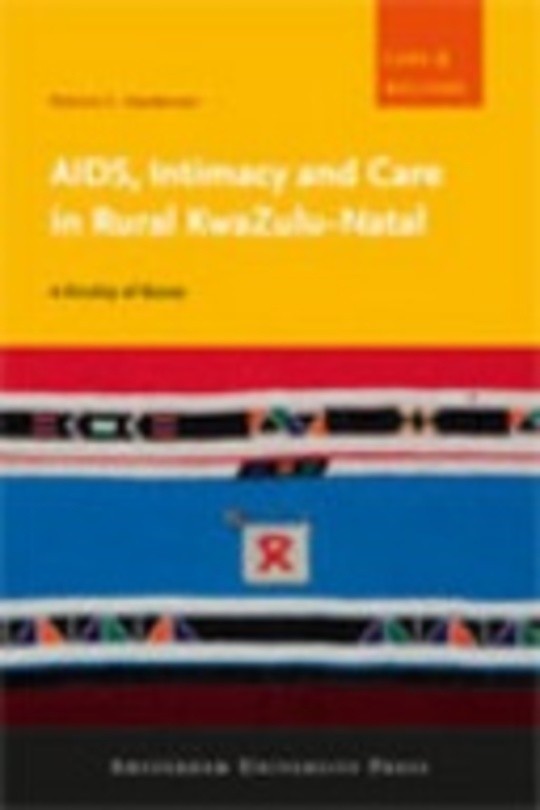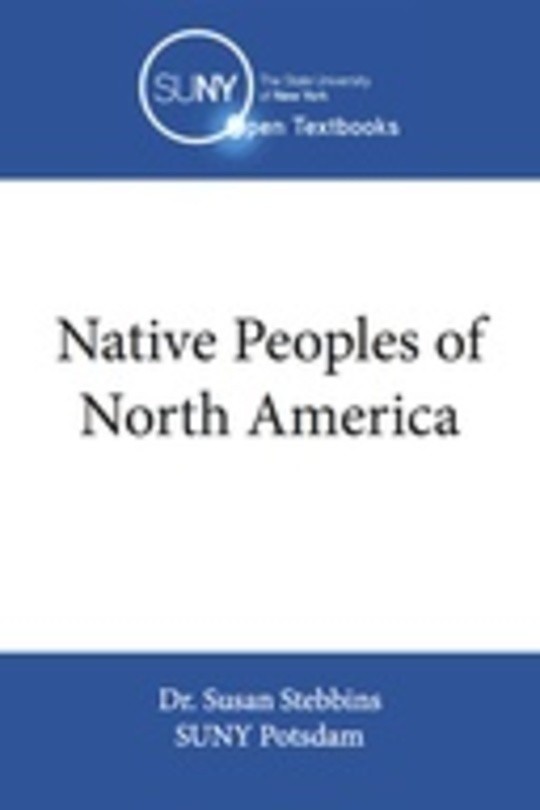
The Cultural Context of Biodiversity Conservation
Free
Description
Contents
Reviews
Language
English
ISBN
978-3-940344-19-9
Contents
Acknowledgements
Prologue
Abbreviations
1 Introduction
1.1 The interdisciplinary approach
1.2 What's it all about?
1.3 Research perspectives
1.4 The conceptual scheme
2 The global context
2.1 Biodiversity and indigenous communities
2.2 The Convention on Biological Diversity
2.3 In situ conservation and protected area management
2.4 Biodiversity conservation and indigenous knowledge
3 The discursive context
3.1 Environmental anthropology
3.1.1 Contributions from political ecology
3.1.2 Biodiversity as transcultural discourse
3.1.3 Conceptualising nature
3.1.4 Multi-sited ethnography
3.2 Perspectives on protected area management
3.2.1 Conservation paradigms and local livelihoods
3.2.2 From conflict to cooperation
3.2.3 From principles to practice
3.2.4 The remaining quest for participation
3.3 Anthropology of landscape
3.3.1 The polysemic texture of landscape
3.3.2 Environmental imagery and identity
3.3.3 Of emplacement and emotional involvement
3.3.4 A matter of worldview
3.4 Anthropology of indigenous knowledge
3.4.1 The conceptual dimension
3.4.2 The empirical dimension
3.4.3 The symbolic dimension
3.4.4 The epistemological dimension
4 The local context
4.1 The national context
4.1.1 Biological and cultural diversity
4.1.2 Historical accounts
4.1.3 From past to present
4.1.4 Environmental policies
4.2 The Maya-Q'eqchi'
4.2.1 Local economy and social structures
4.2.2 Historical references
4.3 The conservational context
4.3.1 The National Park Laguna Lachuá
4.3.2 The co-management approach
4.4 The ethnographic context
4.4.1 The study sites
4.4.2 Methodological considerations
5 Local expressions of indigenous knowledge
5.1 The context of doing
5.1.1 Land use systems
5.1.2 The milpa cycle
5.1.3 Silvicultural and horticultural practices
5.1.4 Further subsistence activities
5.2 The context of meaning
5.2.1 The indigenous worldview
5.2.2 Agricultural symbolism
5.2.3 Ritual practice
5.2.4 The sacred landscape
5.3 The context of change
5.3.1 The dynamics of knowledge production
5.3.2 Knowledge transmission in educational settings
5.3.3 Origins of knowledge fragmentation
5.3.4 Knowledge encounters in conservational settings
5.4 Outcomes and prospects
5.4.1 The seen and the unseen
5.4.2 From present to future
5.4.3 Towards a conservation of bio-cultural diversity
5.4.4 Rethinking scientific assumptions
6 Concluding remarks
Epilogue
References
Appendix
The book hasn't received reviews yet.











